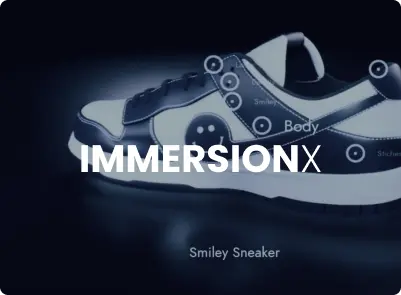Street art, once considered a rebellious act of defiance, has evolved into a respected and influential form of artistic expression. From graffiti tags on subway walls to large-scale murals that transform entire neighborhoods, street art has become an integral part of urban culture. Its evolution reflects the changing dynamics of cities, the voices of marginalized communities, and the broader acceptance of art in public spaces.
The origins of street art can be traced back to ancient civilizations, where people adorned public spaces with drawings and symbols. However, the modern street art movement began to take shape in the 1960s and 1970s, particularly in cities like New York and Philadelphia. During this time, graffiti became a popular form of expression among young people, especially those from disadvantaged backgrounds. It was a way to claim space in a city that often ignored them, a way to make their presence known.
In its early days, graffiti was often seen as a nuisance and a symbol of urban decay. Authorities cracked down on graffiti artists, and the media portrayed them as vandals. However, as time went on, perceptions began to shift. Some graffiti artists, like Jean-Michel Basquiat and Keith Haring, gained recognition in the mainstream art world, blurring the lines between street art and fine art. This recognition helped to elevate the status of street art and opened the door for more artists to explore public spaces as their canvas.
The 1980s and 1990s saw the rise of more diverse forms of street art, including stencil art, wheat-pasting, and stickers. Artists like Banksy, Shepard Fairey, and Invader became household names, known for their thought-provoking and often politically charged works. These artists used the streets to communicate messages about social justice, consumerism, and authority, challenging viewers to think critically about the world around them.
As street art gained popularity, cities began to embrace it rather than fight it. Murals started to appear in neighborhoods, often as part of urban revitalization projects. These murals not only beautified the areas but also reflected the culture and history of the communities they were in. In some cases, street art became a form of activism, giving voice to underrepresented groups and sparking important conversations about issues like gentrification, racial inequality, and environmental justice.
Today, street art is a global phenomenon. Cities around the world, from Berlin to Buenos Aires, are known for their vibrant street art scenes. Artists travel across borders to collaborate on projects, and street art festivals draw large crowds. Social media has played a significant role in this global exchange, allowing artists to share their work with a wider audience and connect with others who share their passion.
The impact of street art on urban culture is profound. It has transformed the way we experience cities, turning ordinary walls into canvases for creativity and self-expression. It has also democratized art, making it accessible to everyone, not just those who visit galleries and museums. Street art has the power to bring people together, to spark dialogue, and to inspire change.
Moreover, street art has become a valuable asset for cities. It attracts tourists, boosts local economies, and fosters a sense of community pride. Many cities now actively support street art through public art programs, commissions, and partnerships with artists. In some cases, buildings that were once covered in graffiti are now protected as cultural landmarks.
However, the commercialization of street art has also raised questions about its authenticity. As street art becomes more mainstream, some argue that it loses its edge and subversive nature. Others worry that it is being co-opted by corporations and real estate developers, who use it to sell products or attract buyers. This tension between street art’s rebellious roots and its commercial success is an ongoing conversation within the art world.
In conclusion, street art has come a long way from its origins as an underground movement. It has evolved into a powerful form of expression that shapes urban culture in profound ways. Whether it’s a mural that tells the story of a neighborhood or a stencil that critiques the status quo, street art continues to push boundaries and challenge our perceptions of art, cities, and society.
beallsflorida.com/survey
belk survey
myconversevisit
talktoihop
talktoregal







